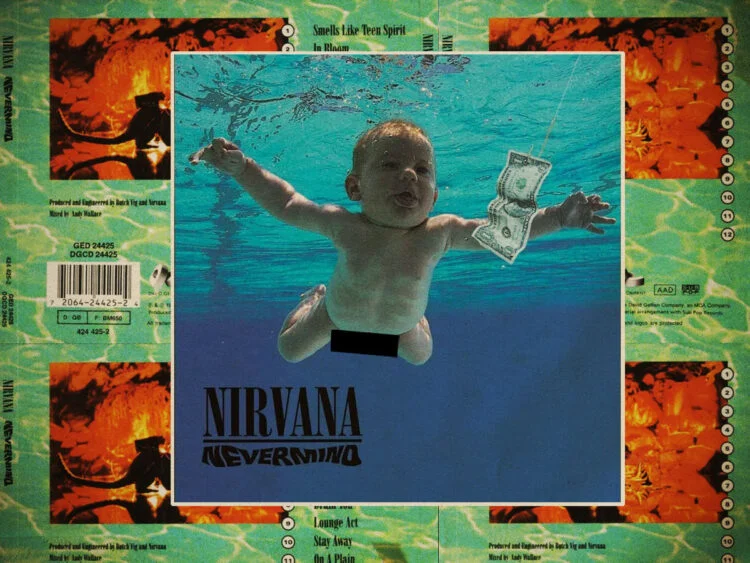It’s difficult to put into words just how much of an impact Nevermind by Nirvana had on pop culture as a whole. Almost overnight, the chintz and facade that had characterised the pop culture of the 1980s seemed hopelessly passé. A generation of all but the most mega-successful hair metallers suddenly had to dust out the ol’ CVs because their core audience was suddenly looking for something more real and raw.
However, while this was an overnight success story on the surface, the truth was that many different bands and artists had set the kindling in place and lit the spark to the Nevermind explosion. After all, alternative rock had already gone mainstream to a certain extent with REM’s ascension into the heady realm of rock stardom. It was only a matter of time before someone a little more raw and uncompromising than Michael Stipe’s chiming wonders broke into the stratosphere.
Many industry insiders had already placed bets on which raucous, uncompromising punk band would take the world of mainstream rock by storm, because there were several options. The obvious choice was The Replacements, the Minneapolis scamps having the tunes, the looks, and the chops for it, if they could only stop shooting themselves in the foot all the time. Sonic Youth were an outside shout due to how effortlessly cool they were all the time.
They might have been abrasive, no wave noiseniks, but pop hooks were beginning to permeate their dense guitar attack. More of that, and they could go to some serious places. However, there was a third option that was essentially the meeting point between the two. A band that functioned better than The Replacements (most of the time), while also playing more agreeable music than Sonic Youth in the 1980s. What’s more, a young Kurt Cobain was listening closely and liked what he heard.
Which rock legend inspired Nirvana to make ‘Nevermind’?
In an interview with Spin conducted in 2008, Bob Mould of Hüsker Dü was asked if he was bitter about the success of bands like Nirvana and Foo Fighters, who’d taken their loud but melodic punk sound into the mainstream. Now, Mould is not a man known for holding his tongue when he feels slighted, as anyone who’s heard him talk about his band’s old drummer Grant Hart will tell you. However, he’s uncharacteristically gracious about this, and lets us in on a tantalising what could have been.
“You have to remember, somewhere in my basement, I have the demos for Nevermind, because I was on the short list for producers”. One hell of a bombshell to drop, I’m sure you’ll agree. One could easily imagine this is the start of a sour grapes-laced rant about why he was dropped in favour of Butch Vig, but instead, Mould focuses on the bigger picture.
“In July of 1992, Sugar were performing for 100 people in Morgantown, and a year later, we’re playing for 70,000 people in Belgium”, which is the truth of the matter. The astronomic success of Nevermind may have kneecapped the careers of countless poodle-haired Ibanez fondlers, their latex catsuits consigned to gather dust in storage, but for the last decade of alternative rock, it was a rising tide. One that many boats floated on.
That’s what Mould focuses on here, how overjoyed he was to, in his words, be a “part of a movement of people who created great music and a lifestyle completely different from what had existed before. So when ‘Smells Like Teen Spirit’ showed up on TV, I went, ‘We won!’” Here’s hoping they can win again somehow, 30 years after the fact.
